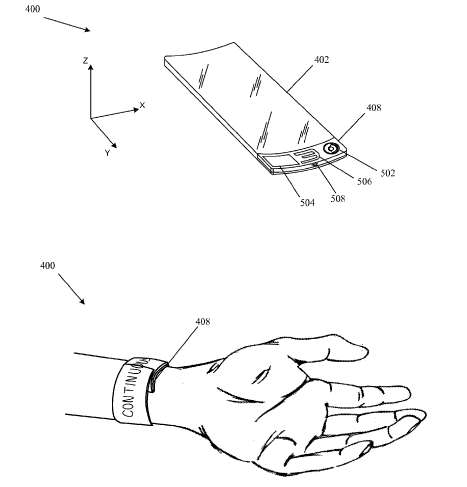the iRing, iWatch and apple rumour mill
The Apple rumour mill has not been all that exciting lately. A bit of mini-this and a bit of inexpensive-that, but nothing really “out there”, nothing on which one can spend some cycles. At least that was the case until this morning.
We have all heard of the Apple iTV rumours. Today’s rumour came from Brian White at Topeka Capital Markets. Here is coverage from 9to5 Mac. Now, Cult of Mac quickly questioned it, and I have to agree that the number of devices does not fit Apple’s design or device interaction philosophy. To focus on one aspect of the rumour, the “iRing” does not seem to be the most convenient format for an accessory device, which in this case is a gesture based remote control. A take-away from the iRing is not the form, but the function. Is there another means to achieve a wearable, gesture based remote control?
Another device mentioned in the rumour was the so-called iWatch. Probably as much as we know about such a device arises from information disclosed in Apple’s 2013/0044215 (‘215) published patent application. I have had a marked-up copy of the ’215 document on my desk for some time now, never really knowing what thoughts to blog. I guess the place to start is the background. Paragraph [0005] reads, in part, “ … conventional accessories for electronic devices do not tend to be easily wearable. … Therefore an apparatus that capitalizes on the easily wearable nature of a bi-stable spring is desired”. So, right away there are two thoughts; ’215 is going to present a wearable accessory device and that device, leverages the characteristics of a bi-stable spring. Again, let’s focus on the function more than the form.

If one moves to the Detailed Description and Figures of ‘215 there is some overall configuration information presented and some basic mechanical, if you will, stuff related to the bi-stable spring, its fabric covering, and the configuration of the display 108 and electronic module 202. The ’215 document goes on to describe an approach for operation on different wrist sizes (Fig. 5C and [0036]) and structural modules in the device (Fig. 9 and [0040]). There is certainly more than passing time spent on the wearability of the device and operations that are much beyond that of a watch.
It is time to come back to today’s rumour. What if the “accessory device” presented in ‘215 was a TV remote? That is a TV remote that is easily wearable and has a integral display. This “accessory device” might rest on the coffee table, or coffee table book that becomes as a coffee table, like a conventional remote. The user can then put it on very quickly due to the wearability of a slap bracelet. In this scenario the iRing, accessory display and iWatch, collapse into one thing, the accessory device described in ’215.
From here the use scenarios become interesting. Maybe the TV turns on by simply changing the bi-stable spring from one stable state to another i.e. putting it on. There would also be gesture control. Both of these are easy. Of course, it would be “smart” and could interact with multiple devices for sure. Now, what processor is out there for testing?
Maybe just a bit of fun, but it is worth a few thought cycles.


